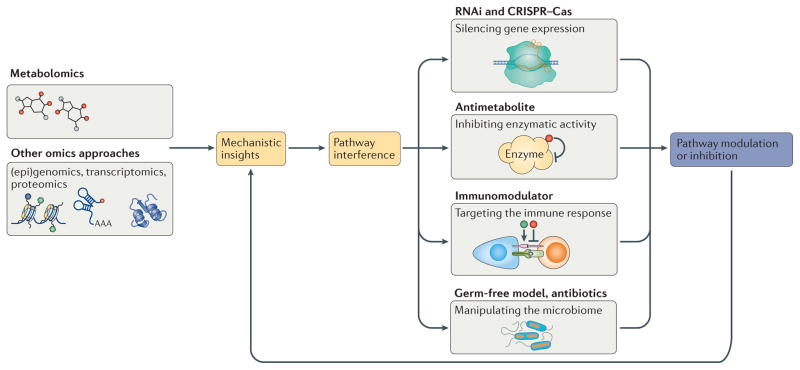Figure 2. Controlling and influencing metabolism: perspectives from metabolomics.
Using various orthogonal techniques, targets identified with metabolomics can be further verified and investigated in more detail. For instance, other ‘omics’ approaches, including (epi)genomics, transcriptomics and proteomics, can reveal further mechanistic insights into phenotypical changes associated with the metabolite. Various orthogonal techniques also allow targeting of metabolic pathways and can be used to influence metabolite levels and to interfere with metabolic pathways. These approaches can be directed at the gene level and aimed at silencing gene expression, with techniques like CRISPR–Cas-mediated knock outs or RNA interference (RNAi). Alternatively, metabolic pathways can be influenced at at the protein level with the use of antimetabolites. Manipulating sources of exposure to different stimuli can also influence the metabolome, providing further mechanistic insights. For instance, using antibiotics or germ-free models with species-specific inoculation reveals the direct effect of the microbiome on metabolite production. Similarly, immunomodulators can be used to change the efficacy of the host immune system to respond to both the resident microbiota and pathogens, and their metabolic products. This collectively opens up possibilities for better understanding and, eventually, controlling metabolism.

